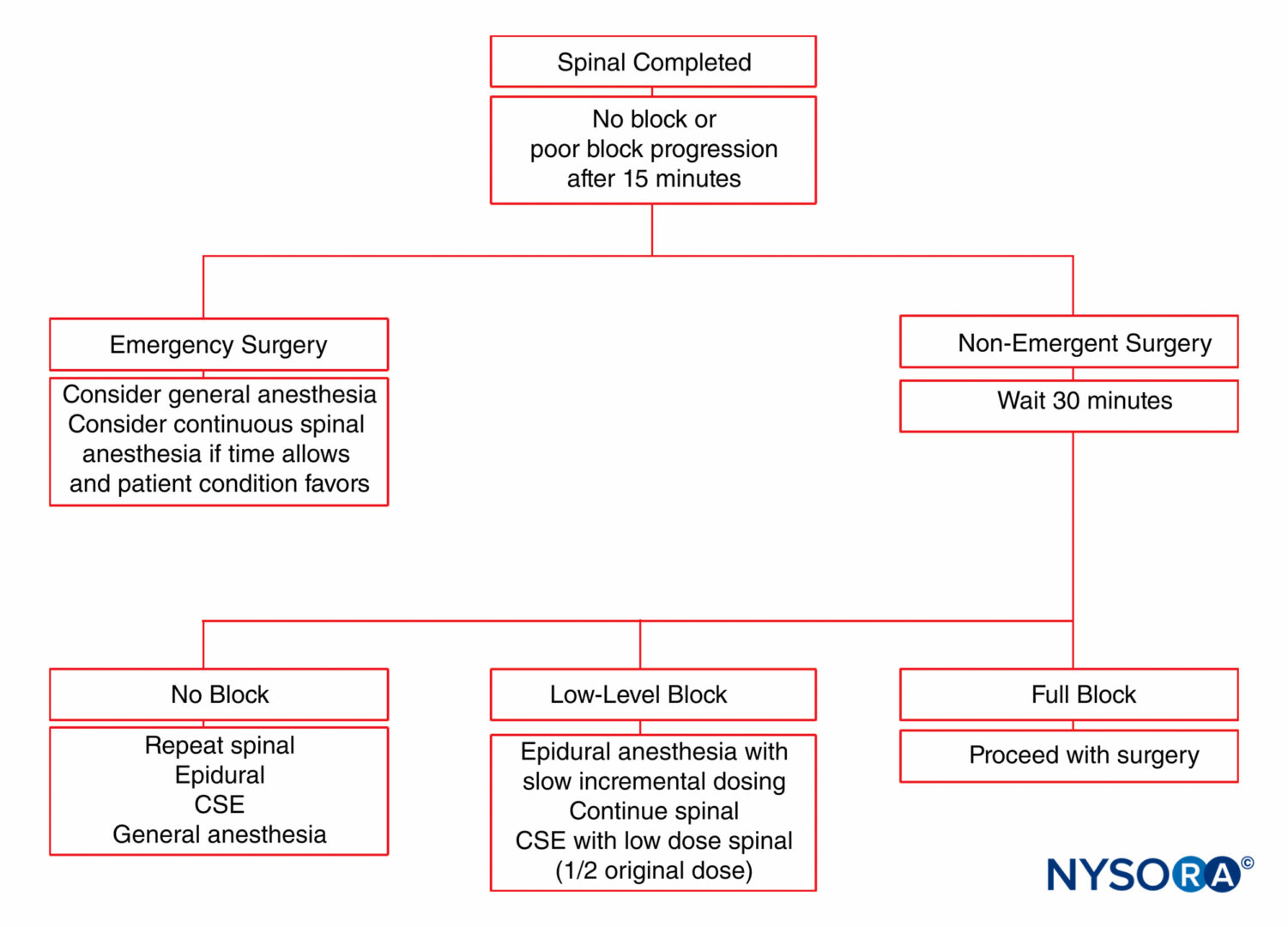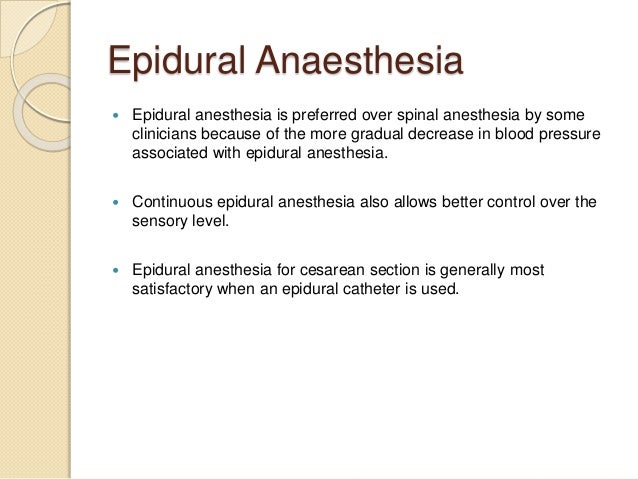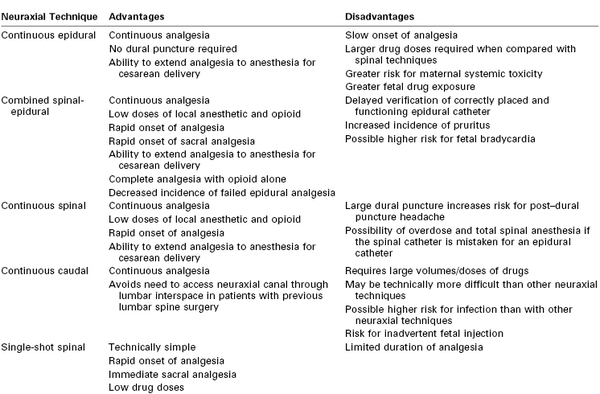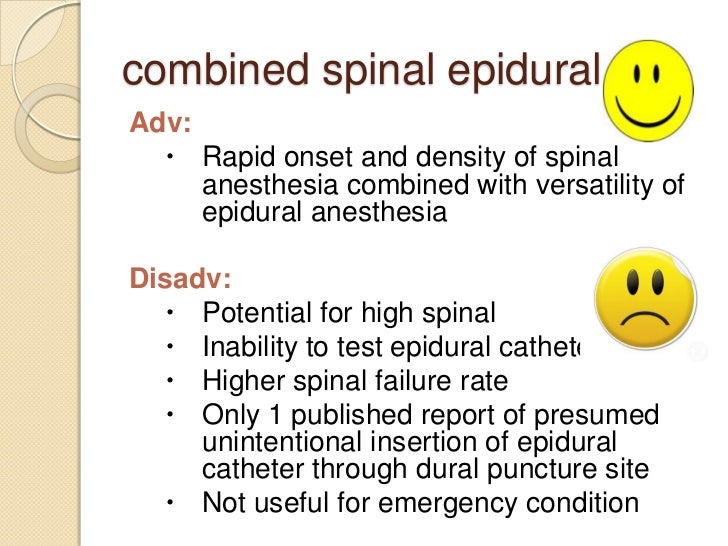Spinal Versus Epidural Anaesthesia For Caesarean Section

Regional anaesthesia spinal or epidural anaesthesia for caesarean section is the preferred option when balancing risks and benefits to the mother and her fetus.
Spinal versus epidural anaesthesia for caesarean section. It is faster to perform patients are more comfortable complication rates are lower and it is more cost effective. Combined spinal epidural and single shot spinal anaesthesia are both used for caesarean section. 6 m many centers still consider spinal anesthesia excessively risky in severely pre eclamptic patients.
Spinal anaesthesia is however accompanied with less postoperative pain use of additional analgesics and side. In parturients undergoing elective caesarean section postoperative use of epidural ropivacaine via patient controlled epidural analgesia is similar after spinal and epidural anaesthesia. We set out to gather all available evidence.
One prospective study compared epidural and combined spinal epidural cse anesthesia for severely pre eclamptic patients undergoing cesarean section and concluded that changes in blood pressure are similar after epidural or cse anesthesia. Effective regional anaesthesia for caesarean section can be achieved by both spinal or epidural techniques. Regional anaesthesia spinal or epidural anaesthesia for caesarean section is the preferred option when balancing risks and benefits to the mother and her fetus spinal anaesthesia for caesarean section is thought to be advantageous due to simplicity of technique rapid administration and onset of anaesthesia reduced risk of systemic toxicity and increased density of.
It has been claimed in individual trials that combined spinal epidural is associated with higher sensory spread and greater cardiovascular stability. Compared to epidural spinal anaesthesia allows surgery to begin earlier but increases the need to treat hypotension. There was no difference shown with respect to failure rate need for additional intraoperative analgesia conversion to general anaesthesia intraoperatively maternal satisfaction and neonatal intervention.
Epidural anesthesia has been accepted as the preferred anesthetic technique for cesarean delivery in severely preeclamptic patients among both anesthesiologists 1 and obstetricians 2. In parturients undergoing elective caesarean section postoperative use of epidural ropivacaine via patient controlled epidural analgesia is similar after spinal and epidural anaesthesia. In conclusion we believe that spinal anesthesia may be a better choice for elective cesarean section than epidural anesthesia.
Spinal anesthesia can be performed faster has fewer complications and is more cost effective for uncomplicated cesarean delivery 3. Spinal versus epidural anaesthesia for caesarean section effective regional anaesthesia for caesarean section can be achieved by both spinal or epidural techniques. Background caesarean section is a common method of termination of pregnancy and there are many reasons for having a cesarean section including delivery in older ages reduced delivery rates increased use of electronic birth control and so on spinal anesthesia is accepted as a safe technique for cesarean section worldwide.

















